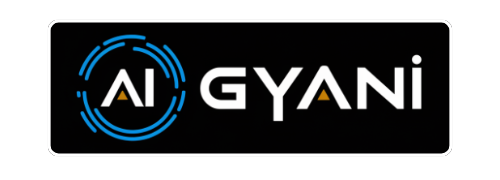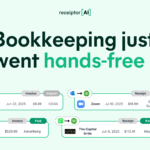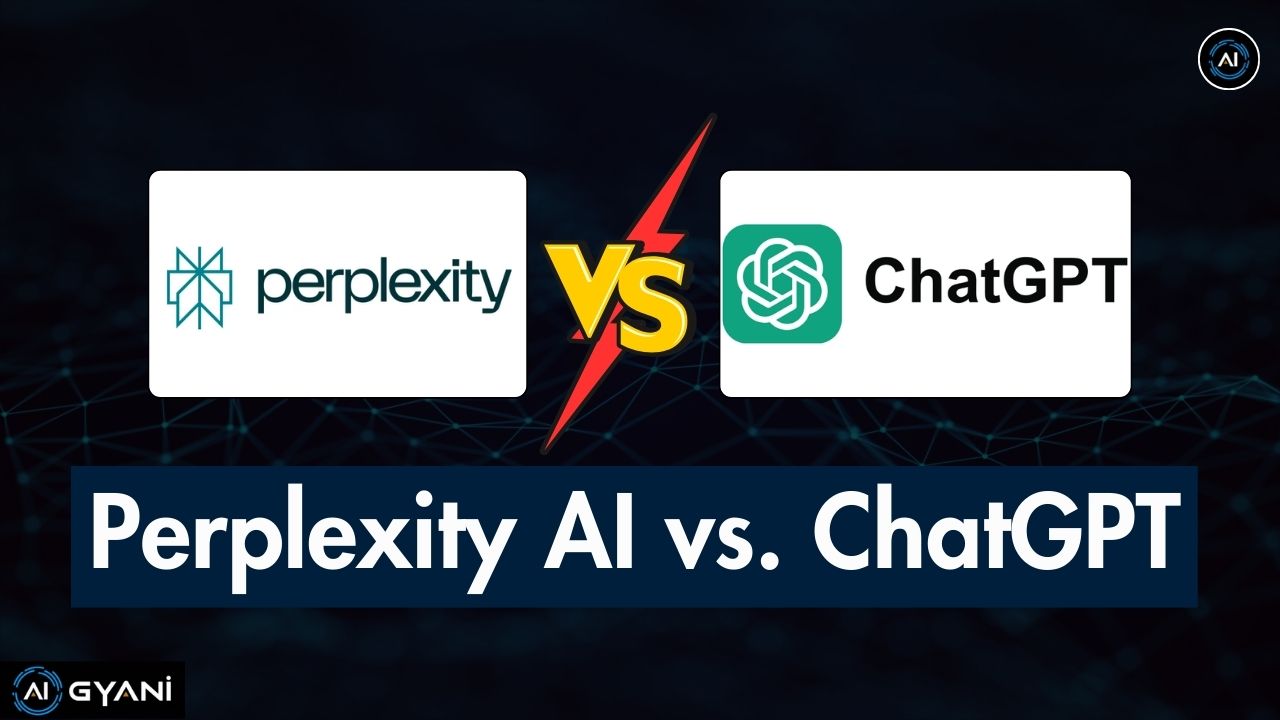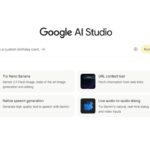When choosing between Perplexity AI and ChatGPT, understanding their core differences and strengths is crucial. Both platforms leverage advanced AI technology to respond, but their functionalities and user experiences differ significantly.
Overview of Perplexity AI & ChatGPT
What is Perplexity AI?
Perplexity AI is a sophisticated tool for real-time information retrieval and answer generation. It provides accurate, up-to-date information by pulling data from the web, making it particularly effective for fact-based queries.
My experience with Perplexity AI shows its integration with GPT-4, especially in Pro mode, enhances its ability to deliver precise and contextually relevant answers. Perplexity AI supports advanced AI models including Sonar Large 32k, GPT-4o, GPT-4 Turbo, Claude 3 (Sonnet and Opus), DALL·E 3, and Stable Diffusion XL.
What is ChatGPT?
ChatGPT, developed by OpenAI, is a versatile AI model known for its conversational abilities. It generates human-like responses based on a vast dataset and is popular for tasks ranging from casual conversation to technical support.
My use of ChatGPT has revealed its strengths in generating creative content and engaging in dynamic dialogues. ChatGPT supports models like GPT-3.5, GPT-4, GPT-4o, and DALL·E 3.
Comparing Perplexity AI and ChatGPT
Accuracy and Reliability of Responses
Perplexity AI: In a recent comparison, Perplexity AI scored 5/5 for accuracy in technical explanations, surpassing other models like Bing Chat and Bard. Its ability to pull real-time data from the web ensures that responses are accurate and up-to-date.
It retrieves data from sources like Google, Bing, academic papers, WolframAlpha, and social media platforms.
For instance, during a project requiring the latest market trends, Perplexity AI provided real-time insights that were more current than those from ChatGPT.
ChatGPT: While ChatGPT also delivers accurate responses, its information is based on its training data, which can become outdated. However, its responses are reliable for general knowledge and creative tasks. ChatGPT primarily uses Bing search API and a pre-trained knowledge database.
For example, in a content creation project, ChatGPT provided well-rounded and creative ideas that were valuable for brainstorming sessions.
Integrations and Compatibility
Perplexity AI: Perplexity AI integrates seamlessly with various data sources and APIs. Its Pro version allows for advanced integrations, such as accessing GPT-4 directly. This capability enhances its functionality for users who need up-to-the-minute information.
In my experience, using Perplexity’s advanced features in a financial analysis project provided a competitive edge due to its real-time data retrieval capabilities.
ChatGPT: ChatGPT offers a range of integrations, particularly through the OpenAI API. This API is user-friendly and allows for easy integration into various applications.
My work with ChatGPT’s API in a customer service chatbot project demonstrated its effectiveness in handling diverse queries and maintaining engagement.
Key Differences Between Perplexity AI and ChatGPT
Perplexity AI: Unique Aspects
- Real-Time Data Access: Perplexity AI’s ability to access and incorporate real-time web data is a standout feature. This was particularly evident during a recent case study where real-time data retrieval was crucial for market research.
- Contextual Search Capabilities: Perplexity AI excels in contextual searches and providing accurate information retrieval with cited sources.
- Advanced Features: The Pro version of Perplexity AI offers advanced functionalities like GPT-4 integration, enhancing its capabilities for complex queries. Features include Pro Search (Perplexity Copilot), Search Focus Filters, Discover feature, Collections and Threads, Pages, File Upload, Perplexity Labs Playground, and API Access.
ChatGPT: Unique Aspects
- Conversational Abilities: ChatGPT excels in generating human-like, conversational responses. This strength is apparent in applications requiring dynamic interaction, such as virtual assistants and interactive storytelling.
- Creative Content Generation: For tasks involving creative writing or brainstorming, ChatGPT’s ability to generate innovative ideas is particularly valuable. This was evident in a recent marketing campaign where ChatGPT helped brainstorm engaging content.
- Engaging Dialogue: ChatGPT offers engaging, human-like dialogue with context memory for coherent conversations.
- Advanced Features: ChatGPT includes features like Custom GPTs, Multilingual Support, Easily Customizable, Voice Conversations, Temporary Chat, Browser Extension, and Mobile and Desktop App.
Perplexity AI or ChatGPT – Which is Better?
Use Case Scenarios
Perplexity AI: Best suited for scenarios requiring real-time information and technical accuracy. For instance, if you’re working on a project that demands the latest data on market trends, Perplexity AI’s real-time capabilities make it a better choice. It is ideal for researchers, students, and professionals.
ChatGPT: Ideal for tasks involving conversational engagement and creative content. If you’re developing a chatbot or need creative writing assistance, ChatGPT’s conversational skills and idea-generation capabilities are more suitable. It is targeted towards creative and business professionals and general users for content creation.
Overall Performance Comparison
In my experience, Perplexity AI’s real-time data capabilities and advanced features give it an edge in scenarios requiring up-to-date information.
On the other hand, ChatGPT’s conversational skills and creative content generation make it a valuable tool for interactive and creative applications.
Pricing
Perplexity AI: Offers a free tier for basic use and a Pro membership for $20 per month. ChatGPT: Provides a free tier for basic use and a Plus membership for $20 per month.
Final Thoughts
In choosing between Perplexity AI and ChatGPT, consider your specific needs. If real-time data and accuracy are your priorities, Perplexity AI is the superior choice. Its integration with GPT-4 and real-time data access provide a significant advantage.
However, for tasks involving creative content and dynamic conversation, ChatGPT shines with its conversational abilities and creative prowess.
Based on my personal experience, I lean towards Perplexity AI for its superior accuracy and real-time data capabilities. However, for projects that require creative brainstorming or interactive dialogues, ChatGPT remains an excellent choice. Ultimately, the best tool depends on your specific needs and use cases.









